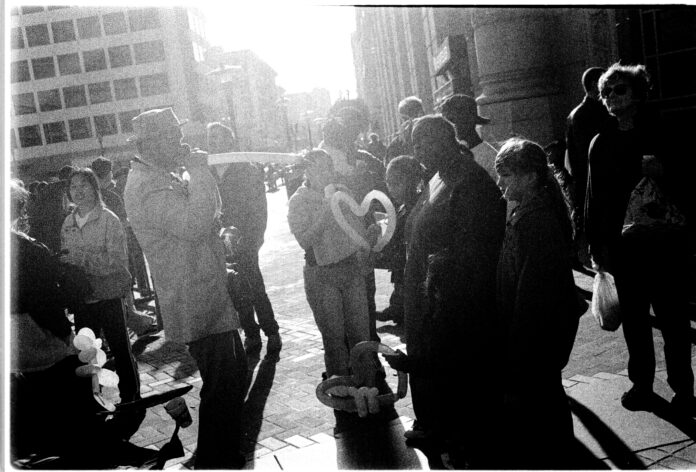(THIS ARTICLE IS MACHINE TRANSLATED by Google from Norwegian)
I'm trying to figure out why I'm taking pictures, making movies.
What events in life take you in a certain direction, or make you make a complete U-turn? Were there moments with mom in the photo shop to hand in film reels, the excitement and the wait for a whole week before you could sit down and look at the pictures together? Was it the landmark incident when my brother got his first psychosis and disappeared into another reality? Was it in the face of anthropology's way of seeing and understanding the world in the changing years when I studied at university?
What exactly is a story? What is a picture? «Is the picture looking at you, or am I looking at the picture?»
In the work on the film Indian Summer, where I filmed my brother living with a diagnosis of schizophrenia, I searched among photographs – archived moments, hard copies of reality. I remember I took care of one of the pictures to show him.
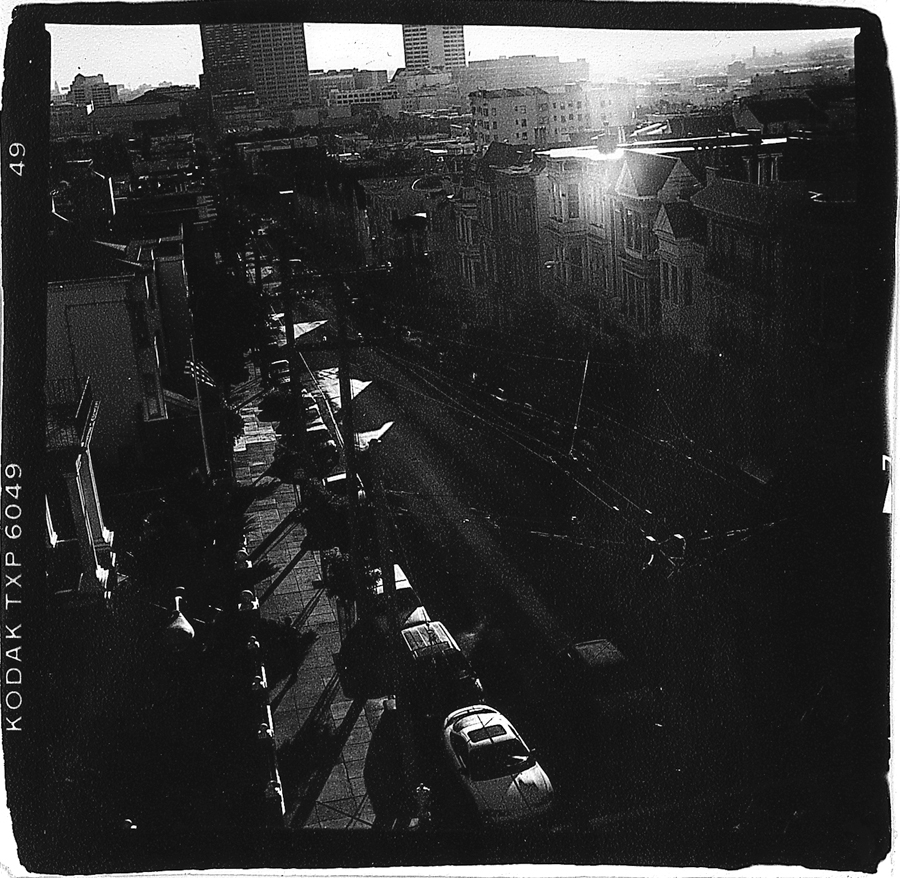
The colors in the pictures have faded, and the life of the chemicals has expired; a red color streak lies like a veil over the subject. Brother is light in the hair, smiles – a little mischievous. He is wearing yellow and blue cotton pajamas. I have bangs and my hair gathered in a ponytail. We are dressed as cowboys and Indians; he has feather ornaments on his head and holds an arrow and a bow, I have a red cowboy hat and toy gun, blue sweater and jeans. He stands to the side, I look straight into the camera lens. He's five years old and I'm seven. The date is printed on the back of the image. We stand on the rocks, heather and straw sticking up among the rocks. The picture was taken in the blue hours – the mood and the light may indicate that the sun is going down, it is dusk. I look at the photograph and can feel the sounds of summer: the sea, mild wind, flies buzzing, radio in the distance, the song of the grasshoppers.
I went there to find out if there was more than the reality I sensed, about
there was "something beyond"?
I remember he examined the picture for a long time. Very long. – That was before my soul was destroyed, he commented. It had been several years since the first admission. The psychoses had come and gone, in and out of his life. The admissions were sporadic and fragmented during the years we filmed. The camera became the third eye. Our outside gaze. The camera became part of our relationship. A kind of friend.
I grew up in a home where both parents worked in health care. A father who was a psychiatrist, mother worked as a sociologist. Dad died of cancer a couple of years after my brother got his first psychosis. It was during these years, after we had sick guests, that I started taking photographs. I sat in the reading room and read anthropology for a few years, I became restless, my stomach hurt from sitting so much still. I bought an SLR camera, took anthropology's gaze into the camera lens, it became my optics.
San Francisco
I was 22 when I landed at San Francisco International Airport. I got there alone with two suitcases. The red one I had received from my mother, the green one was inherited from my father. I do not remember how and why I ended up right there. But I remember someone quoting Oscar Wilde shortly after I landed: Everyone who diseappears, seems to end up in San Francisco. The city, the people, the architecture, the light, the fog, the wind, the place opened me up, broadened my perspectives. Every time I was in Norway and came back to San Francisco – to 914 Hayes Street – I got a strong feeling of coming home. Here I lived without a backstory, no one knew me, no one could define me, no one knew anything. That something wonderful is going to happen, as Olav H. Hauge wrote. I was free. I thought I would be a year or two, but stayed for seven. Did I go there to find out if there was more than the reality I sensed, if there was "something beyond"? Is that why I photograph?
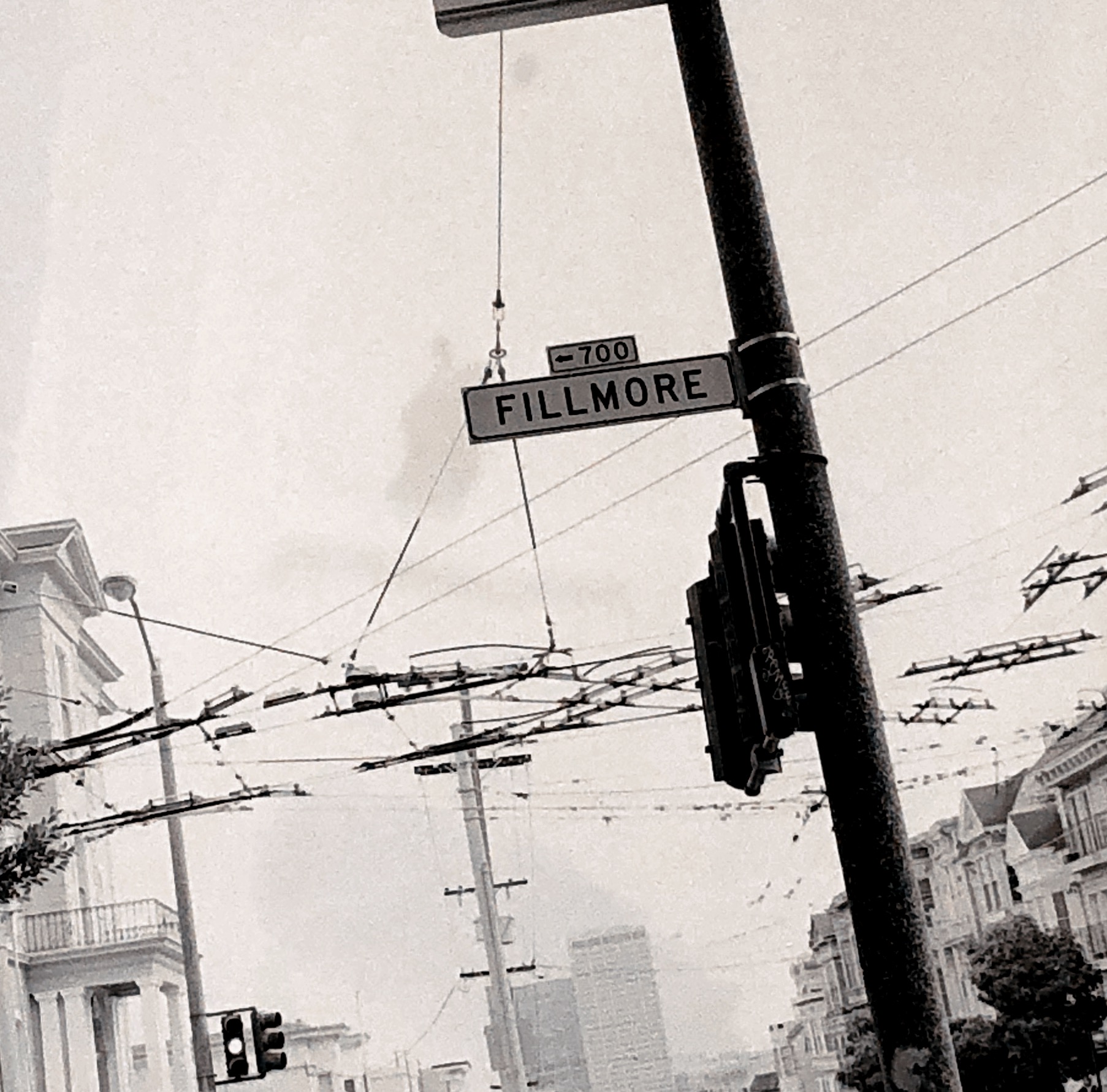
From the heterogeneous white world in Oslo, Norway, in the mid-90s to multicultural San Francisco. A place of chaos and variety, where diversity was not a foreign word, but a natural part of the street scene, of school, of nature, of neighborhoods, of shops, of people. Italian Northbeach, the Latin-influenced Mission District, America's largest Chinatown, the Castro district, artists, hippies, neoliberals, dotcommers, homeless people in the streets, the city was one of the first in the United States where blacks, gays and others could feel free. On the neighboring building further down my street, it was written on a sign: This is the first day of the rest of your life. I think it was a home for drug addicts.
A strong memory from the years in San Francisco are the major flea markets in Alameda and Oakland, on the outskirts of the city, huge areas with hundreds of stalls where people sold second-hand items: furniture, pictures, jewelry, trinkets, Asian collectibles, clothing, paintings, vintage treasures, chairs, tables and antiques; things that should make new homes, exist in new rooms, in new contexts. At the flea markets in San Francisco, there were always sellers with piles of photographs. The sellers usually knew nothing about the stories of the people in the pictures, they ended up in foreign hands, were sold on to anyone. The pictures were floating on the tables or in small boxes, in many different sizes and sections, sometimes they were put in albums. The pictures contained amounts of life, experiences, events, relationships with mothers and fathers, aunts, uncles, children, friends, grandparents, interests and professional life. It was just a matter of inventing, inventing stories about the strangers in the pictures.
Brother was naked, so was nature
I think of all the stories that are buried in photographs, which we never get access to. What happens before and after the photo is taken? What do people think of when they are photographed? What goes through your mind the moment it says click? For a time, the New York Times published a series called "What were you thinking?", In which the photographers told what they thought.
Language can make you see. A book can make you see. A friend. A movie. A work of art. The camera provides the opportunity to see – create different realities. A double vision.
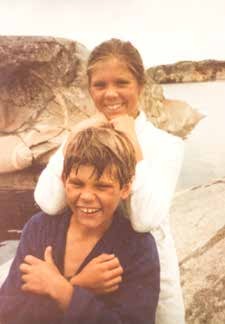
When Dad was diagnosed with cancer, his doctor said six months to five years, as short or as long as you can live. Time got a new frame, the thoughts too. A shadow moved in, in every room of the house. Brother started an agronomy education in Aurland. The psychosis appeared a few months later. Principal called, brother had woken up in despair after a dream. He dreamed that Dad was gone, that it had already happened, that Dad was already dead. Dream and reality merged. The psychosis came unannounced, threw itself on everyone.
After a few months in an institution, he returned to Aurland. I went to visit him. I had the camera with me. I got off at Flom station in Sogn og Fjordane and took the local bus on to Aurlandsdalen. The bus driver put the banknotes in their designated places in the leather bag and gave back money with the coin machine. It was cool and fresh in the air, the snow had almost completely disappeared. The bus was empty where it with its many tons rolled off. From the large bus windows I had a view of the mighty shrouded mountains. The steady murmur of the engine and the natural images that floated past the windows filled the cabin. The route went along the fjord and the hills, sometimes the road was so narrow that the bus filled the entire roadway, it fortunately kept the right speed in and out of the turns.
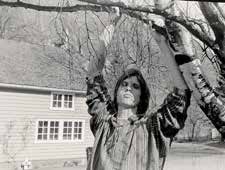
I greeted my brother's new friends at school; I calmed down by the mountains, he showed me the farm and the animals. One of the days we went down to the big river that empties into the Sognefjord, close to the school. The clouds shadowed the sun, and the greyish water stood low in the river. Some driftwood had got stuck between the rocks, and we balanced on a stick to maneuver across the river to the other side. We explored and hung around, in and along the riverbank. It was only a few degrees in the cold water. I could hear the silence. Brother undressed and bathed naked in the river to calm down.
Do photographs link people together, transport us to and from each other? Can photographs be in and out of dreams, or are they long episodes? The story will always continue outside the picture, outside the text. Using the camera, I capture the (dissolved) time, past and present in the same click. Photographs reinforce parts of the stories we experience, make some experiences more intense, moments we may not really put so much into if it is not for the image itself, the photographed tenth of a second.
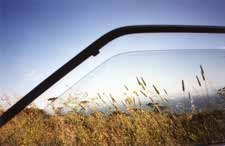 I developed the images in the darkroom at Oslo School of Photography. The motifs slowly came to light after I exposed the sheet through a magnifier and put it in the water bath with developing bag, where it lay and waved in the chemicals. In the reddish glow of the darkroom lamp, the journey returned. Under the silver in the black-and-white copy that hung to dry, perhaps there was a story?
I developed the images in the darkroom at Oslo School of Photography. The motifs slowly came to light after I exposed the sheet through a magnifier and put it in the water bath with developing bag, where it lay and waved in the chemicals. In the reddish glow of the darkroom lamp, the journey returned. Under the silver in the black-and-white copy that hung to dry, perhaps there was a story?
In actual time, the images are just documentation of small fragments, the shutter is perhaps set to 1/60 of a second, and this microfragment of a second is frozen. As the shutter goes off, the moment is captured by the light hitting the inverted mirror inside the camera body. I do not remember much from the trip to Aurland. The memory is not entirely on my side, I only remember what the pictures showed me. While the pictures helped me remember, they helped me forget. I forgot everything except what the mirror in the camera had captured. All other memories of the trip evaporated. The pictures from the trip to Aurland are in black and white. Black and white images could add nostalgia to the expression, but not here. Was it because nature did not change or change with time, such as clothes, hairstyles or age, or as a blurry color photograph testified that time had passed? Brother was naked, so was nature. Neither clothes nor other props revealed anything. The elements in the picture: skin, river, nature, are timeless. Brother is small, the mountains are towering, the water is calm. His face is turned away, it's not so easy to see how old he was. In the other pictures I saw that his style of dress had not changed much either. Trousers with side pockets, a woven hooded jacket that was from Peru or another country in South America. Brother took some pictures of me. I wore jeans and a hoodie. Squeeze one eye together, squinting in the bright spring light.

Only in retrospect will it become a story
You do not understand that it is a story when you are in it. When you are in the middle of a story, it is not a story at all, just confusion, the story is invisible, you are thrown from one part of the story to the other… It is only in hindsight that it becomes a story, when you tell it to yourself or someone else, perhaps preferably some stranger, Margareth Atwood wrote in the book Alias Grace (1996)
Italian Northbeach, the Latin-influenced Mission District, America's largest Chinatown,
artists, hippies, neoliberals, dotcommers and the homeless in the streets. the city was one of the first where blacks, gays and others could feel free.
But what exists outside the picture frame, I will never include in the picture, or in a text. The trip to Aurland is "immortalized", or maybe not, it depends on whether someone will take care of the pictures in the future. It's not safe. Maybe they end up in a flea market like in San Francisco, in someone's foreign hands who wanted to invent new stories?


